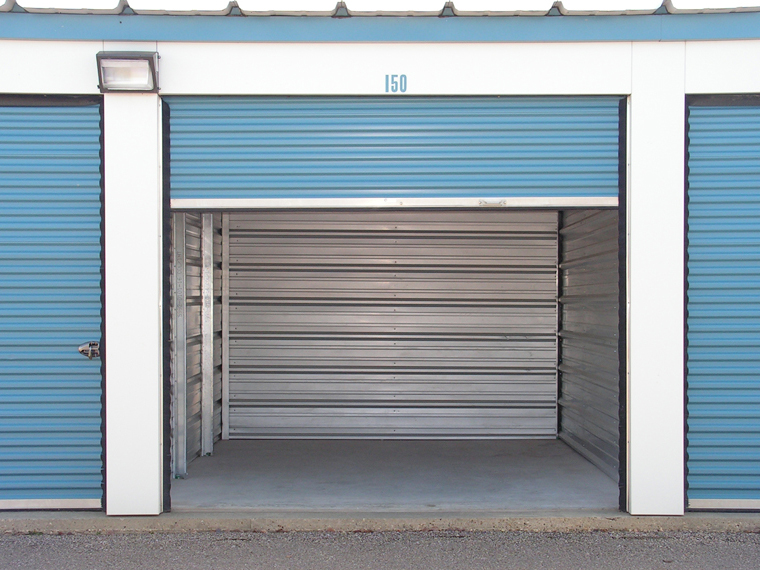Although most self-storage facilities typically offer a wide range of storage unit sizes from which to choose, many also offer different types of storage units from which to choose.
In follow up to our blog entry discussing different storage unit sizes and which one might work best for you, we thought it would be nice to follow that up with an entry discussing different types of storage units and which might work best for you. You may be unaware, for example, that there are actually different types of storage units, and that the best choice for you will depend on what is being stored and on how the storage will be utilized.
Self-storage units are typically classified by access type and by whether or not they are heated, both important considerations in our sometimes-wintry climate! As far as access type, units will typically be referred to as “drive-up” or “indoor”.
- “Drive up” units have a unit door located on the outside of a building that a vehicle can access directly, allowing you, the customer, to transfer contents directly between your vehicle or trailer and the unit itself. These units are usually made of sheet metal and are in long buildings with units facing in both directions. Drive-up units can, however, also be located on the ground floor of a multi-story storage building with doors on the outside of the building.
- “Indoor” units, by comparison, have a unit door located on the inside of the storage building, which is accessed via a corridor. Although indoor units are not as convenient to access as drive-up units, many self-storage facilities, like Bluebird Self-Storage, have carts and dollies in their buildings that you may use for your convenience.
Now that we understand the difference between “drive-up” and “indoor” units, let’s talk about heated versus unheated units. For clarity, access type does not necessarily correspond to whether a unit is heated or unheated. Although drive-up units are typically unheated, many self-storage facilities also offer heated drive-up units. Similarly, although indoor units are typically heated, unheated indoor units are not entirely uncommon. When searching out a self-storage unit, it is therefore important to ask your facility about how the unit is accessed and whether or not the unit is heated.
- In an unheated storage unit, the temperature inside the unit is not significantly different from the outside temperature. You should therefore avoid storing anything in an unheated unit that may be damaged by freezing, or that can cold-crack, or that can be damaged by temperature swings. Even when daytime temperatures are well above freezing, nighttime temperatures can drop far below freezing, especially on clear nights and at higher altitudes. Residents of southern Alberta in particular, familiar with Chinooks, will know that temperature swings can be quick, frequent, and dramatic! Furthermore, since water expands when it freezes, there is a good chance that any liquid solution containing water will burst its container during the cold winter months and leave an unpleasant mess when it melts. For this reason, it is not a good idea to store liquids in unheated storage units, perhaps apart from antifreeze that is!
- Heated units, by comparison, are just that – heated to maintain a minimum temperature throughout the winter months. Heated units are, for this reason strongly recommended for storing musical instruments, artwork, antique furniture, electronics, water-based liquids, etc. If you (or your employees, if this is a business rental) will be accessing and spending time at the unit frequently, heated storage may also be a nicer option for you and your fingers and toes throughout the cold months! Do not be surprised, however, if you are still on the cooler side while accessing your storage unit. Most facilities will not heat to what is typically considered “room temperature” by North American standards (ie. 20 degrees Centigrade), and will instead heat to between 5 and 10 degrees Centigrade. As this is enough to mitigate freezing and typical temperature swings in the winter months, this is not uncommon.
In the end, if there is any doubt about what type of storage unit you need, your local Bluebird self-storage facility staff will be happy to answer any questions that you have.
This blog was written by one of Bluebird Self-Storage's resident bloggers.



















